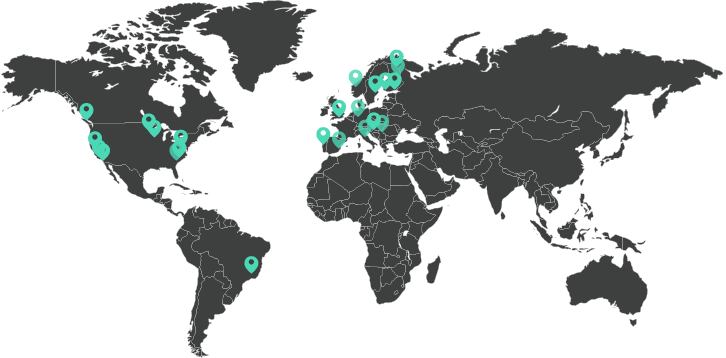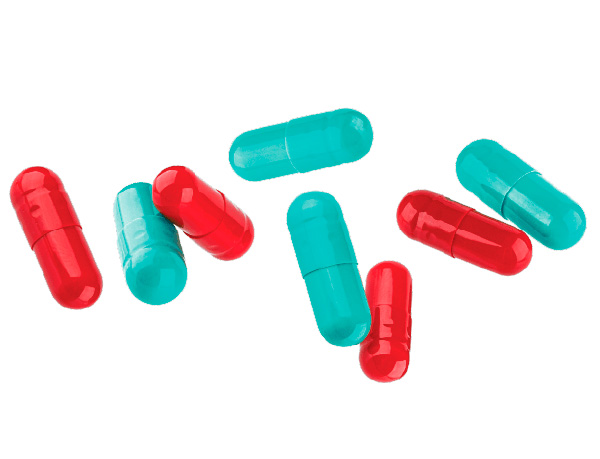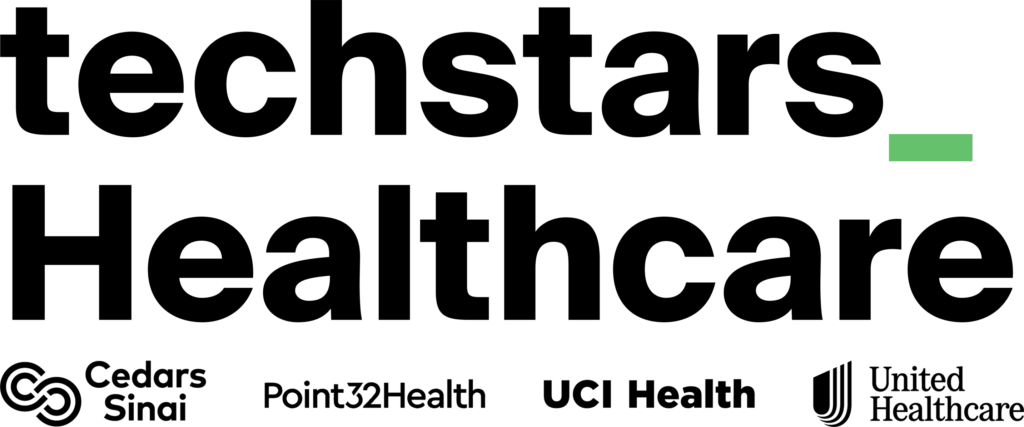Partners
We are interested in licensing new biomaterials and hiring top scientists, please contact us!
Global Industry support
Innovate with Brinter!
Our global academic and industry partners support our R&D with the best biomaterials and talent.














































Innovation platform
SUPPORTED RESEARCH APPLICATIONS
Our innovation platform is perfected for material and medical prototyping for academics.
ON DEMAND DRUG FORMULATIONS
Current drug manufacturing does not allow for complex customizations of multiple drugs. We offer a solution for on-demand data-driven drug formulations for drug manufacturing.

TUNABLE ORGAN TISSUE EQUIVALENTS
Because over 90% of all drugs fail in clinical trials because current pre-clinical methods lack human physiology, we have a solution for 3D bioprinting tunable organ tissue equivalents (OTE).

WOUND HEALING BIO-BANDAGES
Current chronically impaired wound treatments are costly, lack donor availability, and can lead to dysfunctions. Our solution is 3D bioprinted personalized wound healing bio-bandages.

Affiliations & Partners
BRINTER BIOINKS
Brinter bioprinters can print almost any bioink.
Natural Hydrogel BioInks
Nanocellulose, comprised of nanosized cellulose fibrils, is a highly shear thinning material that it is thick (viscous) under normal conditions, but this viscosity is lost upon introduction of the shear forces during printing.
The shear-thinning behavior is particularly useful in bioprinting making nanocellulose a ready-to-use hydrogel, which does not require any additional cross-linking or gelation after printing. Furthermore, the structure and dimensions of a nanocellulose fiber network resemble human ECM, which makes the material a good candidate for 3D cell culture.
Gelatin is a fibrous protein that is obtained by partial hydrolysis of the triple helix structure of collagen into single-strand molecules.
Gelatin is a thermally reversible hydrogel that is solid below 37 °C and liquid under physical conditions. It is biocompatible, non-immunogenic and completely biodegradable. However, due to poor mechanical properties, gelatin is rarely bioprinted in its native form and is instead either chemically crosslinked with e.g. glutaraldehyde, or used as a blend with other hydrogels, such as fibrin or alginate. In addition, gelatin can be modified with methacrylate to give a photocrosslinkable material.
Fibrinogen is a plasma glycoprotein, which in the presence of thrombin and Ca2+ions assembles into a stable, fibrous, insoluble fibrin gel.
It supports extensive cell growth and proliferation and plays a major role in wound healing. The non-shear-thinning nature of fibrinogen and thrombin as well as the weak mechanical properties of pre-crosslinked fibrin make the extrusion of fibrin challenging. The printability of this bioink and the mechanical properties of the printed structure can be improved by using a combination of gelatin and fibrin (or fibrinogen). This blend is then crosslinked by dual-enzymatic strategy with thrombin and transglutaminase. Thrombin is used to rapidly polymerize fibrinogen, whereas transglutaminase is a slow-acting Ca2+-dependent crosslinker that gives long-term mechanical and thermal stability.
Hyaluronic acid (HA), also known as hyaluronan, is a linear, non-sulfated glycosaminoglycan ubiquitous in almost all connective tissues.
HA is widely used in tissue engineering due to its excellent biocompatibility, minor cross-species variation, and ability to form flexible hydrogels. However, the poor mechanical properties, slow gelation and rapid degradation are major disadvantages of hyaluronan as a bioink. HA is often blended with other hydrogels (e.g. methylcellulose) to enhance its bioprintability and gelling rate. In addition, HA can be methacrylated and photocrosslinked with UV or visible light.
Alginate is a polysaccharide derived from algae or seaweed and is composed of two repeating monosaccharides – L-guluronic and D-mannuronic acids.
The ionic crosslinking process is reversible, so the printed structures cannot be maintained for long-term culture applications. Alginate is a popular bioink for extrusion-based bioprinting due to its excellent biocompatibility, low price, and fast gelation rate. Alginate can be extruded either as a precursor or as a pre-crosslinked solution by mixing it with low concentrations of a crosslinker. Alginate crosslinks quickly in calcium chloride or calcium sulfate solutions and is structurally stable with a wide range of concentrations offering superior mechanical properties.
Collagen type I fibril is a triple helical protein that is the most abundant ECM molecule in the body.
The collagen matrix stimulates cell adhesion and growth due to the presence of RGD cell-binding sequences in its backbone. The collagen fibril precursors are acid-soluble and crosslink within 30–60 minutes when the pH, temperature and ionic strength are adjusted near physiological levels. This slow gelation process makes bioprinting 3D constructs from collagen challenging as the deposited material remains liquid for over 10 minutes. However, the mechanism of collagen crosslinking is suitable for extrusion-based bioprinting if the printing is started as soon as the collagen begins to polymerize and the extruded collagen is incubated at 37 °C until fully crosslinked. Collagen can also be modified with methacrylate to give a photocrosslinkable material.
Synthetic Hydrogel BioInks
Pluronic® F127 is the trade name for a synthetic tri-block copolymer composed of a central hydrophobic sequence of poly(propylene glycol) flanked by two hydrophilic chains of poly(ethylene glycol) (PEG).
It has been approved by the FDA due to its enhancement of protein stability, lack of myotoxicity, and excellent biocompatibility. It is a thermo-sensitive hydrogel exhibiting solution-gelation transition in an aqueous solution at 15 to 35 °C depending on the concentration. Thus, it requires a thermally controlled nozzle system to heat the material above 20 °C where it changes from liquid to viscous and exhibits shear-thinning behavior. It can be used as sacrificial material (fugitive ink or temporary support material) for bioprinting complex 3D structures as it can be removed afterwards from the printed construct by cooling the construct to 4 °C.
Polyethylene glycol (PEG) is a biocompatible material with reduced immunogenicity and approved by the FDA for use in regenerative medicine.
PEG lacks inherent cell-binding sequences, such as the RGD motif, and is not biodegradable. Thus, to improve its cell compatibility, PEG has to be functionalized with cell-binding peptide sequences and enzymatically degradable groups. However, PEG does not generate a hydrogel on its own; instead, it has to be chemically modified if used as bioink. Polyethylene Glycol Diacrylate (PEGda) is often used to create a PEG-based hydrogel by photoinitiator-mediated photopolymerization using UV or visible light.





